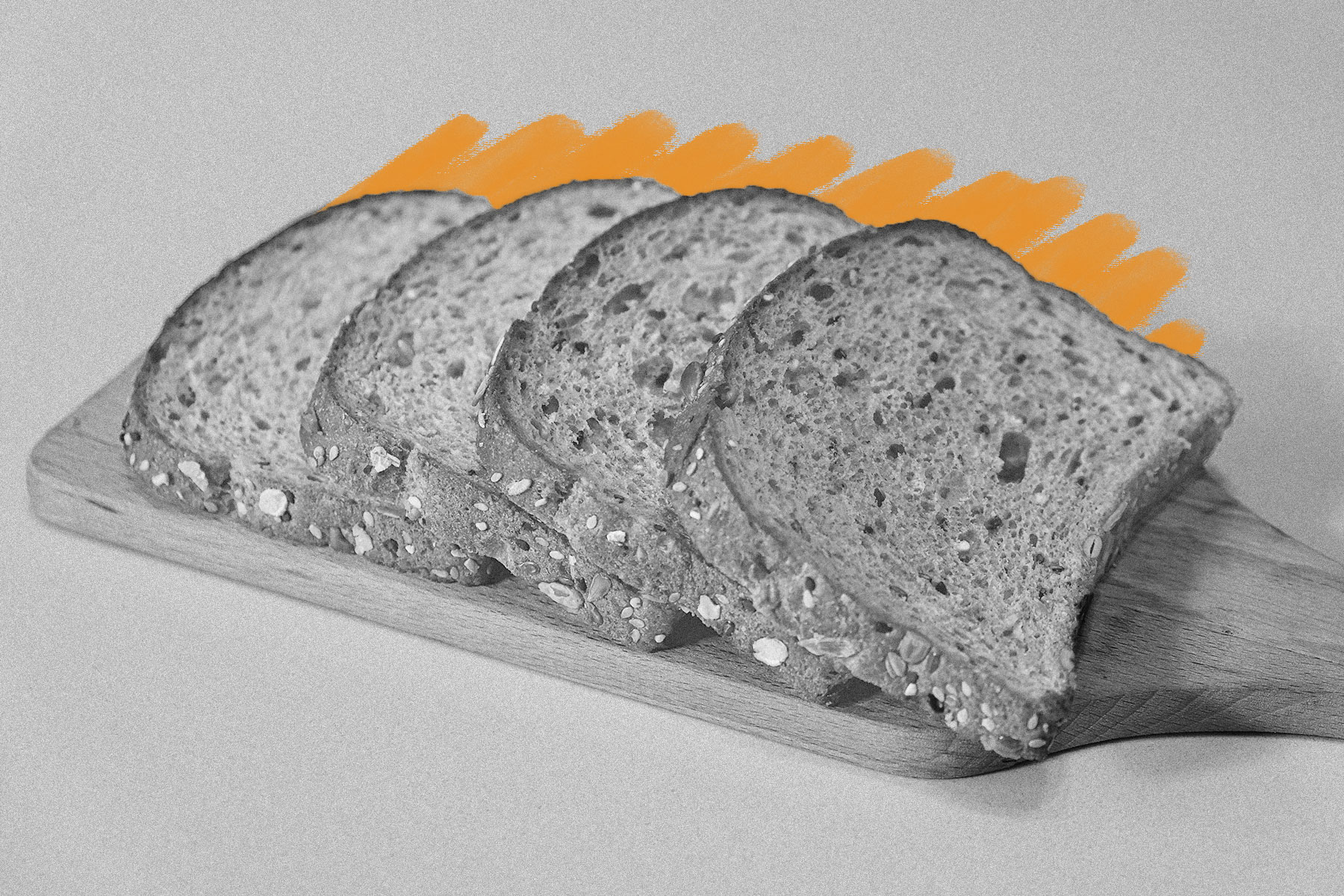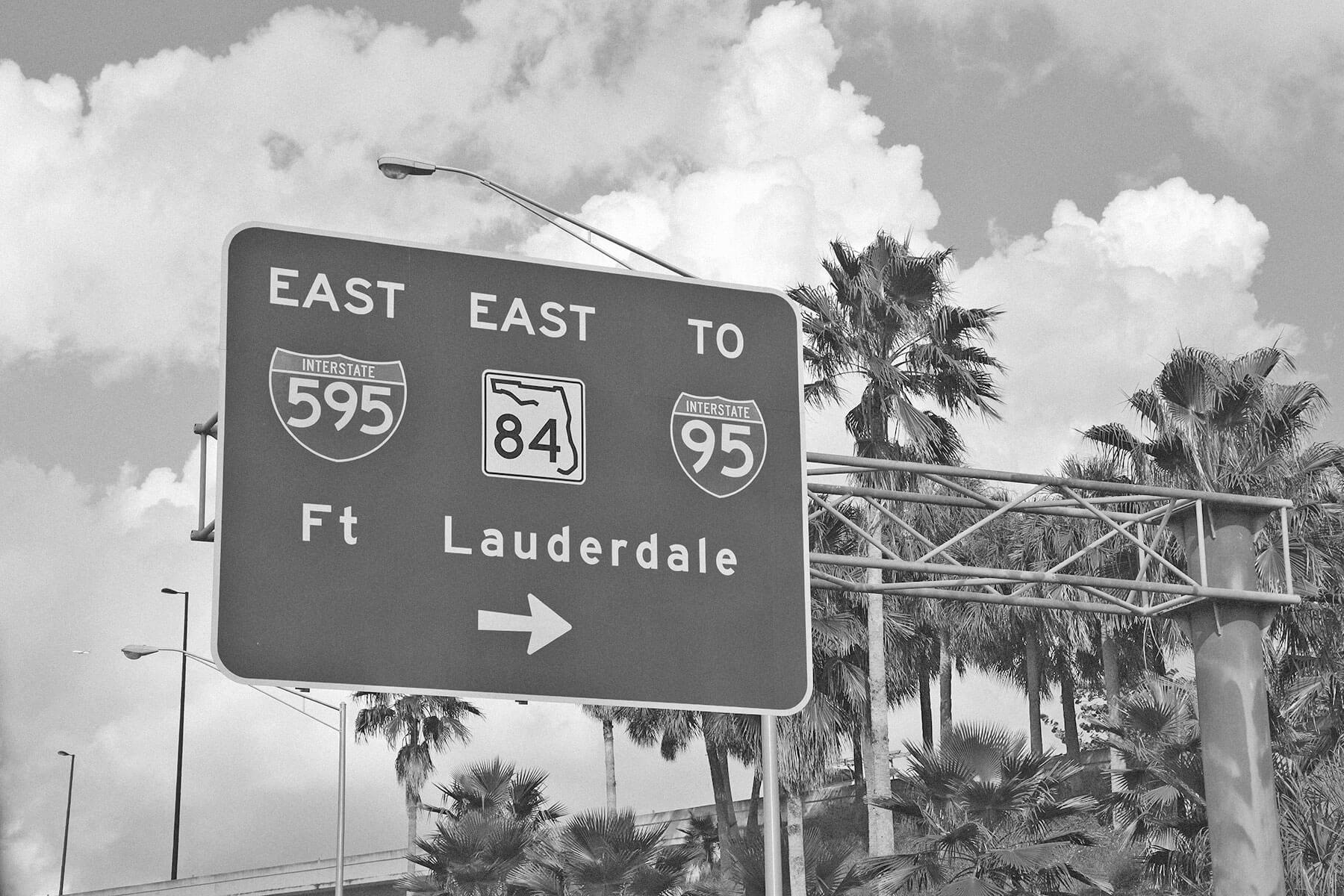 |
| |||
The U.S. once banned sliced bread. | |||
U.S. History | |||
 | |||
| |
| U.S. housewives in particular were dismayed over the ban. One woman named Sue Forrester wrote to The New York Times, "I should like to let you know how important sliced bread is to the morale and saneness of a household." While hotels and restaurants were given a 60-day grace period to prepare, bakeries weren't so lucky, and saw sales decline up to 10% while facing sizable fines for defying the ban. Given the ration's widespread unpopularity, many government bureaucrats played dumb and refused to admit being involved, pointing fingers at others instead. Wickard finally rescinded the ban on sliced bread on March 8, 1943, claiming, "The savings are not as much as we expected," while conveniently neglecting to acknowledge any public outcry. | |
 | |||
| |||
This Market With 63% Price Growth Isn't Just for Billionaires Anymore... | |||
| Thank you for supporting our sponsors! They help us keep History Facts free. |
 | |||||||||
By the Numbers | |||||||||
| |||||||||
| |||||||||
 | |||||||||
| |||||||||
A sack of flour was auctioned off for over $275,000 in 1864. | |||||||||
| In 1864, a Nevada merchant named Reuel Colt Gridley auctioned off a single sack of flour over and over again, raising a staggering sum for the U.S. Sanitary Commission (a precursor to the Red Cross). It all began after Gridley lost a friendly wager and was forced to carry a 50-pound sack of flour through town. He took the defeat in stride, decorating the sack with red, white, and blue ribbons and parading it around accompanied by a marching band. The spectacle attracted a crowd, and it was eventually suggested that Gridley auction off the famed flour sack to raise funds for charity. The winner paid $250, but didn't actually want the flour, and suggested Gridley auction the sack again. The process repeated itself, and Gridley raised more than $5,000 by day's end. In the weeks that followed, he traveled across the country holding auctions for the flour sack, raking in more than $275,000 (about $5.4 million today) for the cause. The flour was ultimately used to bake cakes at the 1864 Sanitary Fair in St. Louis. | |||||||||
 | |||
Recommended Reading | |||
 | |||
| | |||
 | |||
| | |||
| + Load more | |||
| |||
| |||||||||
| Copyright © 2023 History Facts. All rights reserved. | |||||||||
| 700 N Colorado Blvd, #513, Denver, CO 80206 | |||||||||





No comments:
Post a Comment